

Age: 21
Sex: female
Date: 15 Sep 1954
Place: Angus Drive, Ruislip, Middlesex
Jean Townsend was found dead on waste land near to the junction of Victoria Road and Angus Drive in Ruislip, Middlesex on the morning of 15 September 1954.
She had been strangled with her own black and gold silk scarf.
She was found about three quarters of a mile from her home in Bempton Drive, Ruislip Moor by a workman in long grass and thistles a few feet from the footpath at 7am. She had spent the previous evening with friends at a Pyramid Club in the West End near to where she worked and had later left for home at about 11pm. The waste ground she was found on was on the direct route from South Ruislip Underground station to her home and was at the junction of Angus Drive and Victoria Road. The grass had been flattened there as though there had either been a struggle of her body had been dragged there. It was said that the grass was over six feet high in some places and that her body was only six feet from the busy Victoria Road.
When she was found she was fully clothed except for her shoes and stockings which were found with her handbag which was near her body. It was noted that although her underclothing was disarranged that there were no signs of sexual interference. It was also noted that there were no scratch marks on her body.
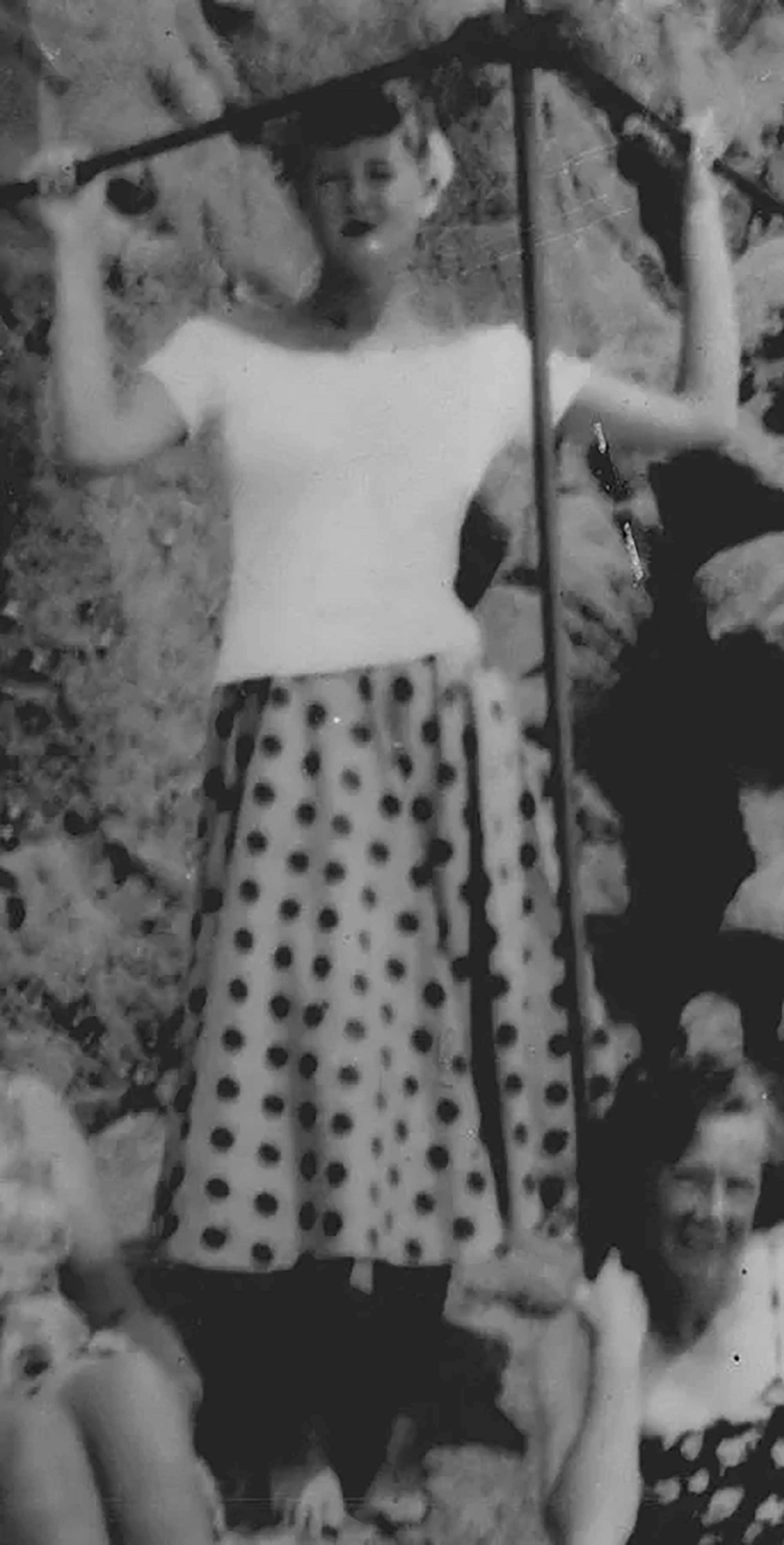
Her clothes were said to have been damp with rain and her black, gold-striped scarf that she had been strangled with was still wound round her neck when she was found. It was said that her black velvet court shoes and stockings had been pulled off. However, it was said that it was thought that there had been no assault and that they had been pulled off by the thistles as she was dragged through the grass. However, it was later reported that at her inquest it was stated that her stockings and some of her underwear had been found neatly folded near her body.
It was noted that her parents had travelled to work that morning by bus at 6.30am, half-an-hour before her body was found and that they would have passed within 20 yards of her body as they did so.
When the police arrived at the scene Jean Townsend's body had already been covered with a tarpaulin. After their arrival Ruislip Council polling booths were used to screen the scene from bystanders whilst detectives searched the area. It was reported that whilst eight police detectives spent several hours behind the screens digging up earth with iron poles, uniformed police officers made house-to-house inquiries at The Croft and Angus Drive, the two streets adjoining the murder scene. As they did so they asked householders, 'Did you hear noise or sounds of a struggle? Did you hear a car stop during the night?'.
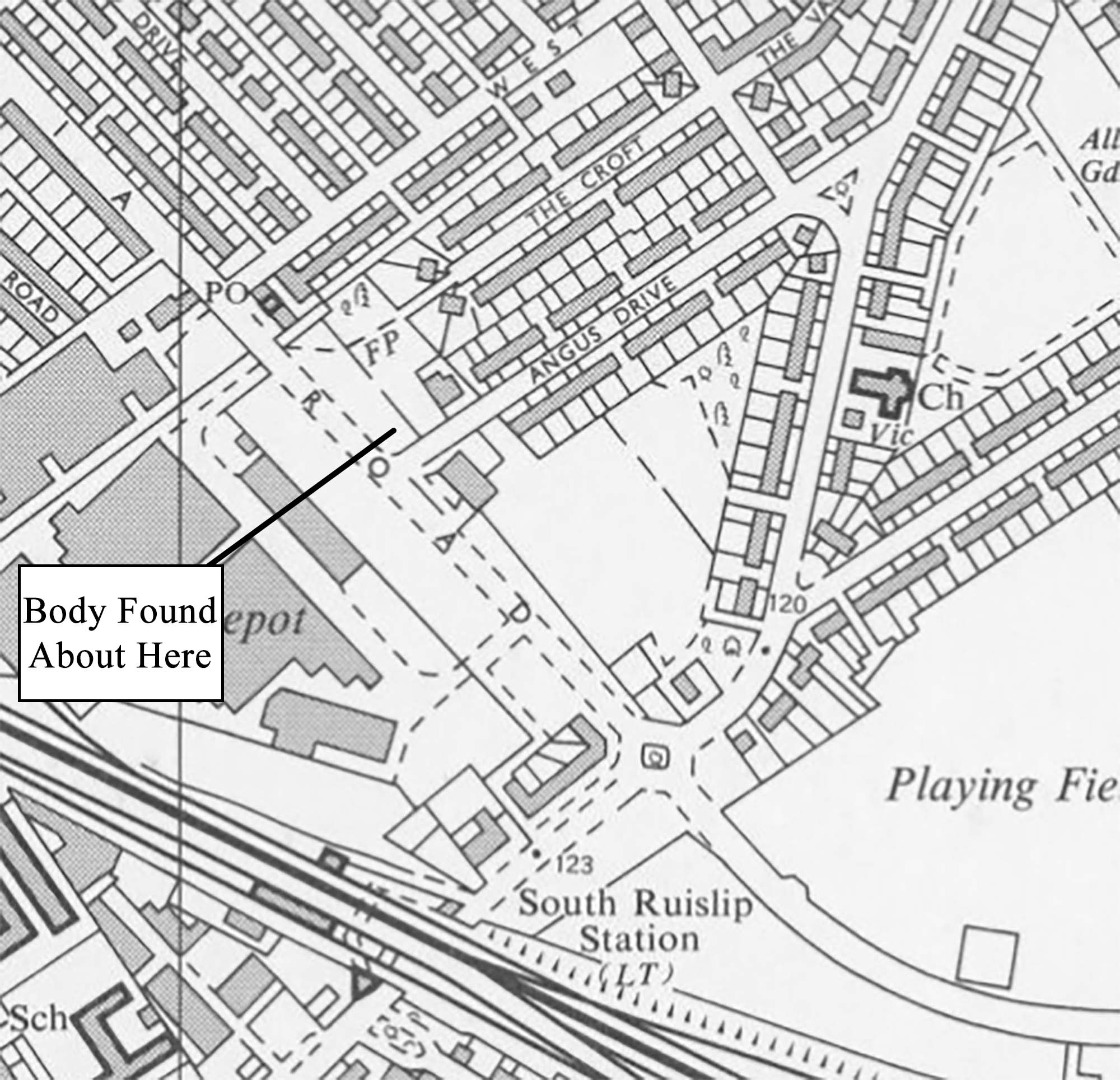
After a pathologist was called out and police photographer's photographed the scene, Jean Townsend's body was taken away in a hearse belonging to a Ruislip Manor undertaker at about 1.25pm.
It was noted that the murder scene adjoined the newly opened South Ruislip Community Centre which was less than half a mile from the USAF base and it was later thought that she might have been murdered by an American serviceman and that he had been quickly whisked out of the country by the Americans and the murder covered up, although that theory was not supported by the police.
When rumours of the murder first circulated, it was reported that they were that a child had been found strangled, but that later changed to a 19-year-old and it was only later that it was confirmed that the girl had been 21-years-old.
It was noted that local women had been afraid to walk along that part of Ruislip at night for fear of being approached by men and the strip was noted for having been frequented at night by courting couples in parked cars.
It was heard that Jean Townsend's father, who was a Post Office engineer, had first called the West End costumiers where Jean Townsend worked to find out where she was and say that she had not come home the previous night after which he had called the police to report her disappearance and that it was only then, after about mid-day that the police were able to identify her.
A woman that lived near to where Jean Townsend's body was found said that on the night she heard a woman scream about midnight and shortly after heard two men arguing. She later said that she had heard the woman scream, 'Help!' sometime between 11.45pm and 11.50pm. The police later said that they thought that the two men heard arguing might have known what had happened to Jean Townsend.
The police later said that they were trying to trace two men that had been seen in Victoria Road late on the Monday night and gave out their descriptions, saying that they had both been wearing gaberdine trousers and plastic raincoats. They also said that one of the men was said to have been about 5ft 11in tall, thickset, with straight black hair and with a high forehead. However, it was said that the two men were later traced by the police but had been unable to help them with their investigation.
The police also said that they were trying to trace a wavy-haired young man who was seen boarding a bus for Wealdstone at the Meadway bus stop which was a few yards from where Jean Townsend was found dead, at about 11.48pm on the Tuesday night. It was noted that it was thought that Jean Townsend had been murdered at 11.50pm and the police noted that it was thought that the young man might have seen a car or person waiting in he vicinity.
The murder was known as the Pyramid Girl murder because of her membership of the Pyramid Club chain-letter introduction club which was a money-making scheme. She had attended a Pyramid Club party on the night she was murdered.
Jean Townsend was the manageress of a women's department at a Leicester Square firm of theatrical and film costumiers Irving Street in the West End of London and on the evening of the day she was murdered had attended a Pyramid Club social function in the West End after which it was thought most likely that she had taken a Central line train home to Ruislip. It was heard that she was later seen leaving South Ruislip station at about 11.45pm and walking off home alone along Victoria Road. She had lived at 92 Bempton Drive with her parents.
However, it was thought also that she might have been offered a lift home in a car or dragged into a car that had pulled up alongside her and then dumped where she was found after having been driven there.
It was noted that if she had taken the train back that she would have arrived at South Ruislip Station just after the streetlights went out at midnight.
It was also heard at her inquest that a girl recalled seeing Jean Townsend on an Underground train going towards Ruislip.
It was stated that Jean Townsend was seen arriving at South Ruislip station by a ticket collector on a late train and it was thought that as such she would have missed the last bus home and possibly then decided to walk home from there as the weather was fine. The ticket collector at South Ruislip Station said that he was certain that he had seen Jean Townsend get off the train on the night of the murder alone and it was initially thought that he was the last person to have seen Jean Townsend alive. However, it was later reported at her inquest in October 1954 that two men in a car had seen Jean Townsend walking along Victoria Road after she had left the train at 11.45pm.
The inquest heard that Jean Townsend had been seen by the two men a minutes before the scream of the woman was heard by a woman that lived nearby and that as such there was a gap of only a matter of minutes during which it was not known what had happened to her before she was murdered, sometime between 11.45pm and 11.50pm.
Her body was found the following morning on the waste ground. The St Gregory the Great Catholic Church was later built on the land that Jean Townsend was found on in April 1967.
Jean Townsend was described as a young woman with a very respectable reputation. The director of the company that Jean Townsend worked for said, 'She was a very sweet girl, intelligent and charming'. She was also described as having been a friend of stage and screen stars and it was noted that she rarely drank.
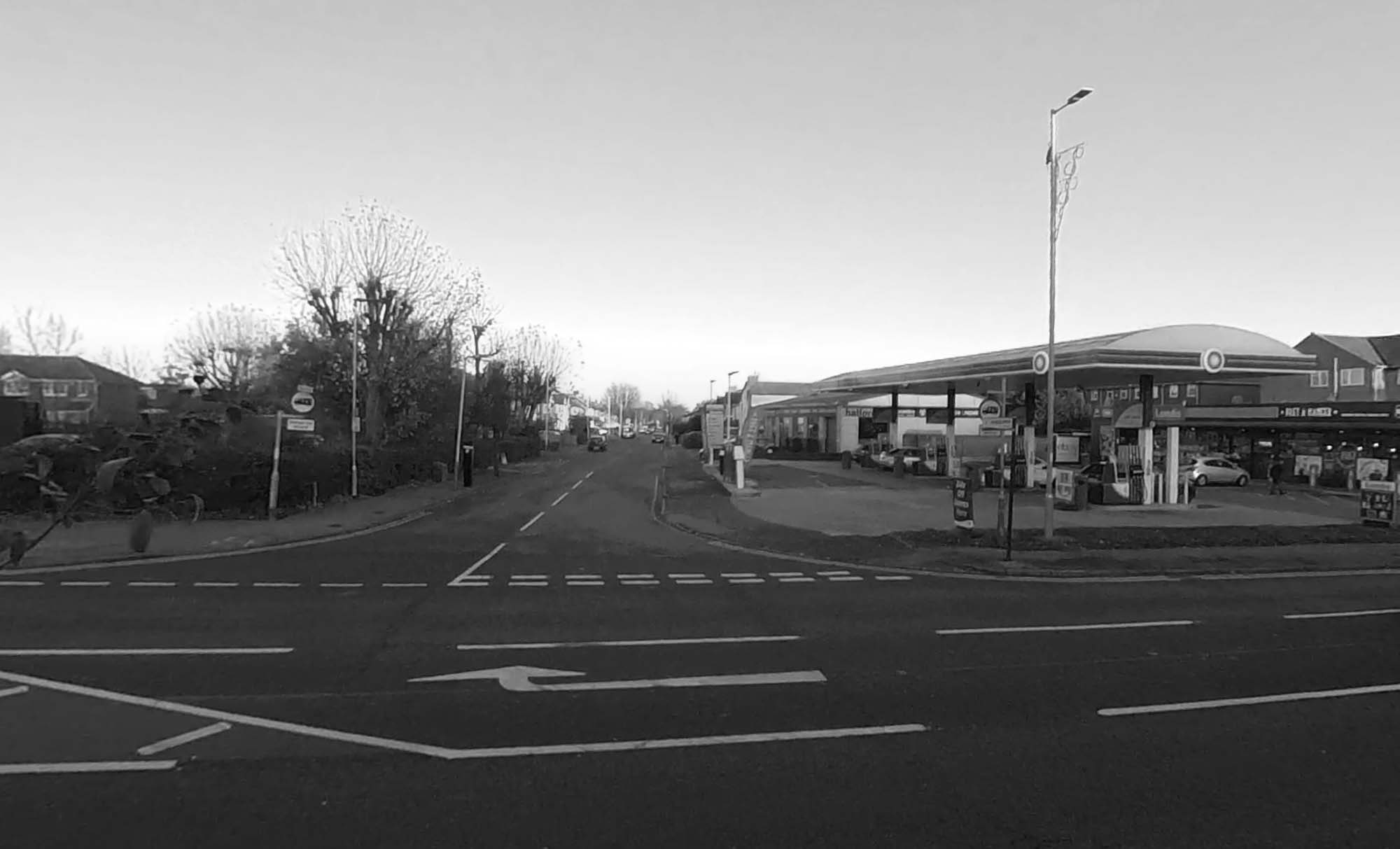
Whilst it was thought that she had been attacked whilst on her way home after getting off the tube train, the police also said that it was possible that she had been dragged to the place where she was found after having been taken there in a car and they made efforts to trace her friends in the West End who she had spent the evening out with. It was suggested that she might have been strangled by someone that she had known and then dumped amongst the thistles on the waste land after being taken there in a car.
The police said that they determined that on the Tuesday evening Jean Townsend had met two girlfriends at Piccadilly with whom she had gone to a club with. The police said that they were all members of one of the West End's growing number of 'Pyramid Clubs' in which each member paid half-a-crown as a subscription. It was said that the scheme, described as a money making idea, worked in the same way as the chain letter principle and that each member introduced other members and that when her name reached the top of the list she would have received £128. The Pyramid Club was described as a new craze that was sweeping the West End. Her night out was also referred to in the press as a Pyramid party. It was said that she had just joined the Pyramid club on the Sunday before her death. It was heard that the scheme cost 2s 6d to join and that each person would bring along two additional friends the following day who would also pay 2s 6d to join and that the parties would snowball. It was said that pyramids of eight were formed each of which were part of a bigger pyramid and that as each members name came to the top of a list that they would receive £128 and give a party.
It was heard that Jean Townsend had been hosting her party in Irving Street and that the night she was murdered was the last night for her party of eight. It was heard that Jean Townsend had been one of the guests at an earlier Pyramid party on the Sunday hosted by a man that was a member of the cast of the West End musical Guys and Dolls. It was reported that when the actor was informed of Jean Townsend's death, he had said, 'I had read of the murder in the evening papers, I just didn't connect it with our Jean. At last I did realise. We held Jean's party just the same, though three people didn't turn up. Then two others who were at last nights party had to go and give statements at Scotland Yard'.
On the day of her murder, Jean Townsend had left home for work at 8am and had then called at her home at 92 Bempton Drive in Ruislip Manor earlier in the evening on the Tuesday for tea at about 6.30pm and had then left about an hour later, elegantly dressed in black with an off-white swagger coat to attend the Pyramid Club. She was said to have spent the evening with her friends at the club which was also in Irving Street where she worked. The host of the club said, 'Jean was in a wonderful mood'. He said that she was at the club for about five hours after which it was believed that she had left and caught the last train home to South Ruislip Station.
The police later said that they found it necessary to warn that Pyramid parties could be the means of young girls meeting undesirable people. It was later noted in October 1954 that Jean Townsend's murder had in fact finished the pyramid craze in London.
The police later said that they were certain that Jean Townsend had not known her murderer.
The police added that it was possible that Jean Townsend had been dragged into a car whilst on her way home from the railway station and that she had then been strangled by a stranger and dumped where she was found.
During the investigation messages were flashed on local cinema screens at the request of the police asking patrons to go to their nearest police station if they were near the murder scene between 11.45pm and 12.45am on the night of the murder.
On Monday 20 September 1954 it was reported that the police were handed bloodstained clothing and told of a man that had had a badly scratched face. The articles were handed in by a firm of cleaners and included a bloodstained shirt and a pair of gaberdine trousers. It was said that the items had been handed in at a branch of cleaners at South Ruislip underground station less than 36 hours after Jean Townsend's body was found. The police had come across the items after they made routine checks at cleaners’ premises in the area.
The manageress of the receiving office at the cleaners said, 'On Thursday afternoon a man with a high forehead and an American accent came into the office in civilian clothes and deposited a red check shirt with bloodstains on both sides of the front. He also handed in a pair of grey gaberdine trousers with bloodstains on the front of both legs. The trousers were torn. This fellow had scratches over his eye and on his cheek and they were fresh. I said to him, 'Where have you been, in a scrap?' and he said, 'Sort of''.
The manageress said that the man was aged 24 to 26, had a high forehead and was stockily built. However, the man was later traced, and the police said that they were certain that the man had no connection with the murder.
The police also appealed for information on two men that were seen in the area on 11 and 13 September 1954 in a small red sports car which was reported as having been seen by six women.
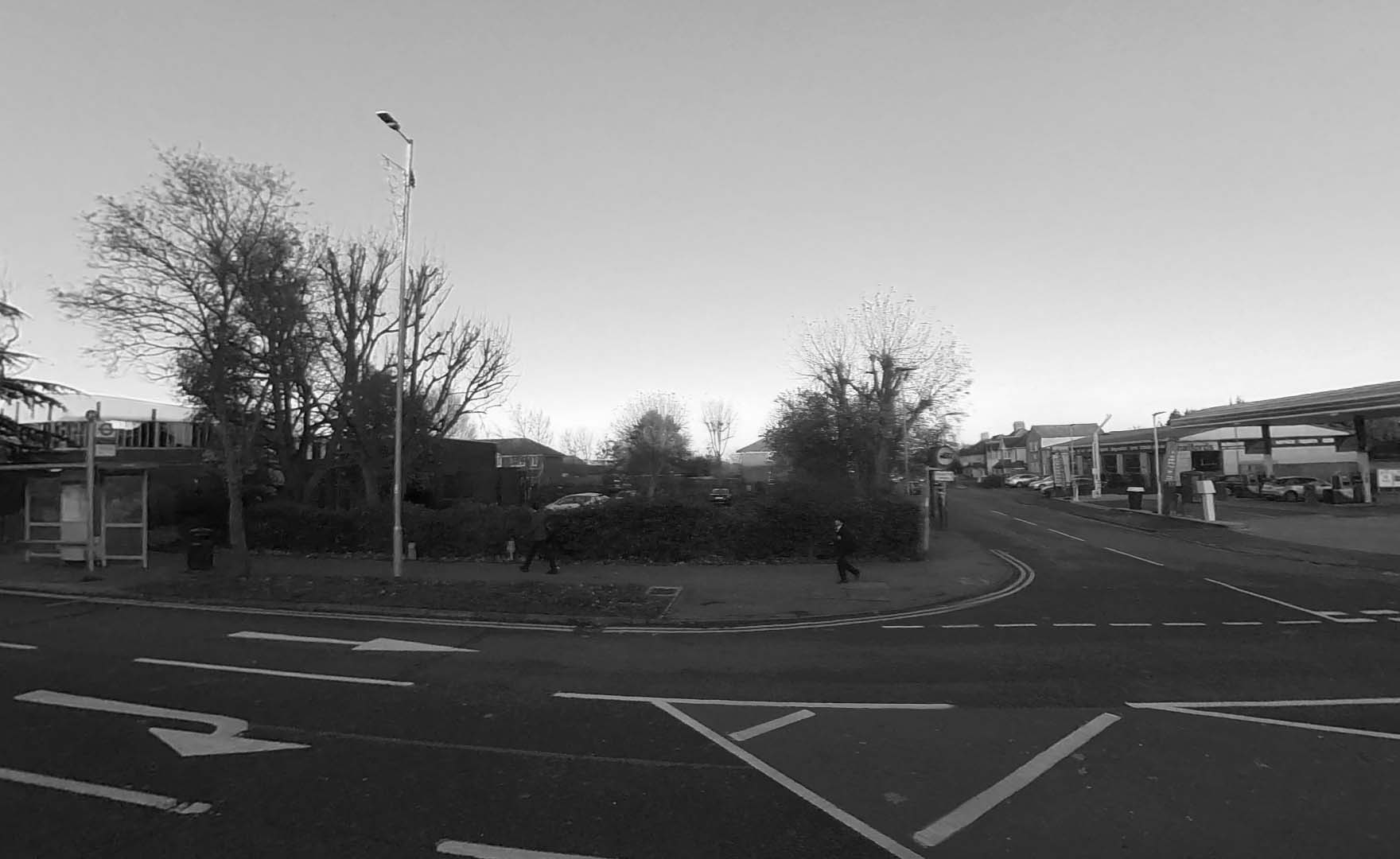
The police later said that they were making a country-wide search for three cars:
The police said that they thought that the drivers of the cars might be able to help them with their enquiries.
Following Jean Townsend's murder it was reported that vigilantes were making nightly patrols along the stretch of road from South Ruislip Station to Bideford Road in Ruislip Manor, a route which passed the place where Jean Townsend was found murdered and which became known as 'Murder Mile'. The patrols were organised by a 49-year-old man, a former Army NCO during the war, who lived in Bideford Road and who had a 17-year-old daughter. The patrol squad volunteers consisted of 14 members, all of whom were fathers of teenage girls. It was reported that they were unarmed and started their patrols each night at 10.45pm and continued through until 1am. The former Army NCO said, 'The patrols do not see girls home. Our job is to see no one is molested'.
Shortly after Jean Townsend's body was found it was reported that a 26-year-old American Embassy worker who lived in The Vale, less than 100 yards from where Jean Townsend was found, had chased an intruder from his front garden during the night of the murder, but he later denied that, saying, 'The incident occurred on Sunday. I chased a man, who wore a brown jacket and light trousers. I caught him and warned him. I think he must have been a Peeping Tom'. The Embassy Worker later gave a description of the man to the police.
As well as Jean Townsend's murder, it was noted that several other girls had complained about being attacked or molested in the area in the days and weeks before Jean Townsend's murder.
A 20-year-old woman that lived in West Mead whose bedroom overlooked the waste ground in Victoria Road where Jean Townsend's body was found said that at about the time of the murder she had heard a woman scream for help and then shortly after two men arguing. She said, 'Five or six minutes later I heard two men arguing. One man spoke with an American or nasal twang. He sounded frightened. The other gave the impression that he was trying to quieten his companion'.
When the police commented on the woman's evidence they said that they thought that the first man might have seen the murder and that he was probably being quietened by his companion near the woman's home and that he was too frightened to come forward because of what he saw and because of his fear of the other man. They also said, 'If another man did see the killing, how long will it be before he decides to talk? How long can friendship last when one man knows that the other is a murderer?'.
It was noted that there was an American air base nearby and that local suspicion fell on the murderer being an American from the base but that the American authorities had not helped as much as they could which had heightened local suspicion in that regard. It was reported that shortly after the murder United States Air Force officials had maintained their denial that American authorities were cooperating with the British police who were investigating the murder, stating, 'The investigation proceedings do not seem to point to an American serviceman' and it was reported that no significance was being attached to the fact that the American camp was not far from the scene.
It was noted that amongst the people that had come forward when travellers on the late trains to South Ruislip Central Line Station were asked to communicate with the police were five American servicemen, but that they had bene unable to help the police with their enquiries.
However, the United States Air Force officials later added, 'Liaison with the British police is continuous. It does not stop and start in an emergency, such as this'.
During their investigation the police took statements from a number of women who said that they had been accosted in the South Ruislip and Ruislip Manor areas recently.
Three sisters that had lived at 8 Angus Drive, which was about 100 yards from where Jean Townsend's body was found, said that they had been followed. One of the sisters, a 16-year-old, said, 'On the Thursday before the murder I was followed down West Mead, Crossways and Angus Drive by a man on a cycle. He got off his bike at the end of Angus Drive and chased me down the road'. She described the man as going bald at the front of his head but said that the hair at the back of his head was bushy, and added that he had spoken with either an Irish or a Scottish accent.
Another of the three sisters, a 21-year-old girl, told the police that she had been approached on several occasions in the Victoria Road area by strangers whilst she had been returning home from the bus stop or from the station. However, she added, 'But I have never been attacked'.
The third sister, a 23-year-old girl said that on the Saturday before the murder that she was asked by a man to get into a car by a man who had spoken with an American accent. She said that the incident had occurred at the junction of Victoria Road and Angus Drive, which was only 20 yards from where Jean Townsend's body was found.
Another woman, a 21-year-old who had lived at 54 Bempton Drive in Ruislip Manor said that she had been attacked in the fog several months earlier by a man that had come out of an alley in Tiverton Road. She said that he had pinioned her arms but that he had run off when she had screamed. She said, 'It was a terrible shock'. She described the man as short and having worn crepe soled shoes. She added that she had been stopped several times by men in cars in Victoria Road.
In another account of the incident, the 21-year-old woman, who was an assistant buyer with a furriers in Bayswater said that she had been to a film at Marble arch on the Saturday and had arrived back at Ruislip at 11.25pm. She said that she then took a short cut through Edwards Avenue when a man suddenly sprang out on her and through her on her back on the grass verge. She said that her glasses then fell off and that the man then bent swiftly upon her and drew her scarf tightly round her neck. She said that she was choked, but had managed to scream and that the man had run away. She said that the man had not touched her handbag which had contained £10 and had not spoken. She described the man as being under 30 years of age and with a high forehead, wearing glasses and a sports jacket. The place where the attack had happened was about 700 yards from where Jean Townsend was found dead. It as reported that although the attack had taken place thirteen days before the time of her giving her account, that her throat had still been swollen and bruised.
It was further reported that the police, who had reconstructed Jean Townsend's murder, said that the attack on the 21-year-old woman was identical to that on Jean Townsend, stating that they had both been thrown on their backs onto grass verges and then strangled with their scarves and that in both cases their handbags had been left untouched.
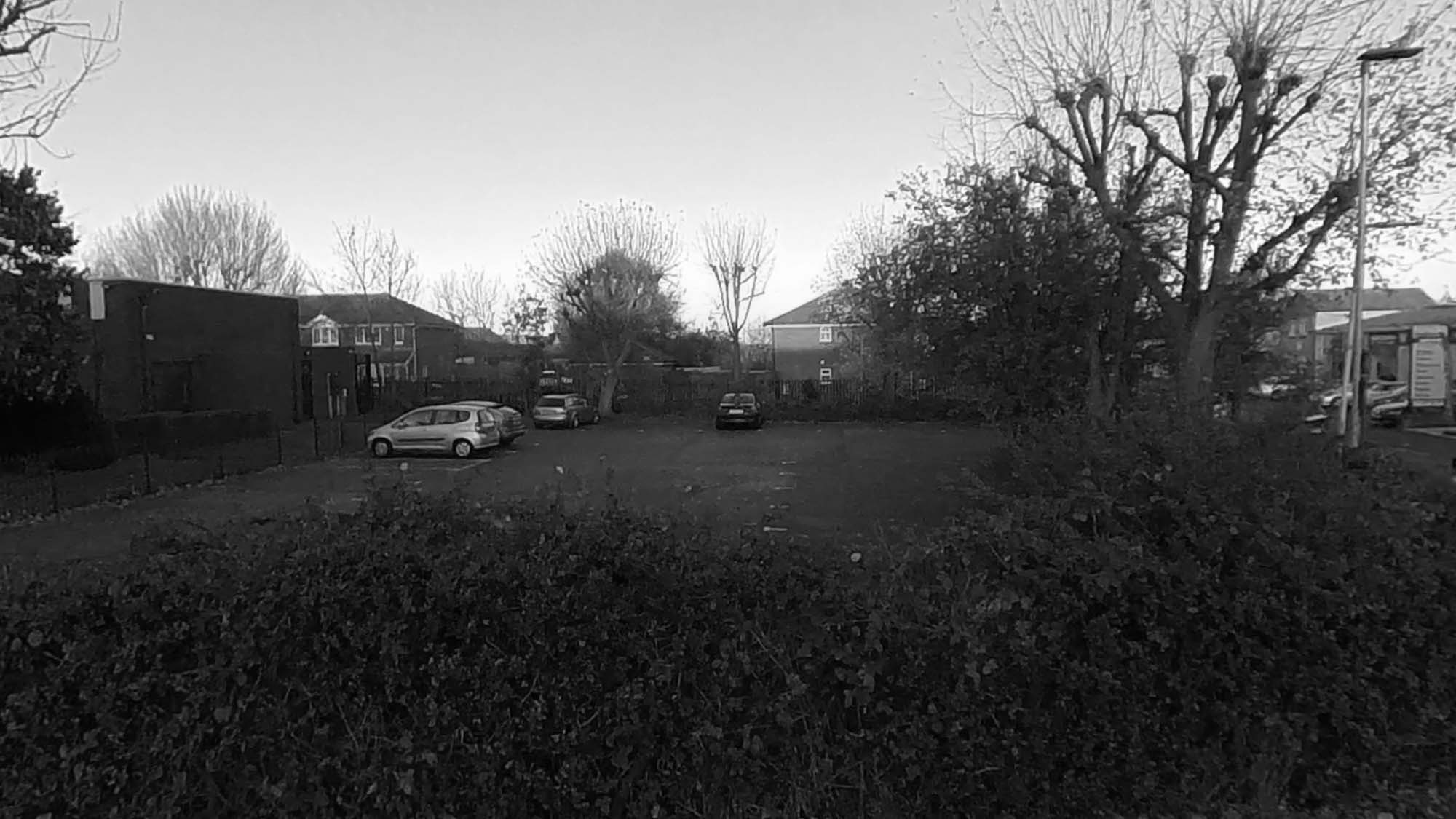
It was also reported that a pretty 17-year-old girl had also been accosted by a man in a sports jacket. She had said that on the Monday night before the murder that she had been walking home from South Ruislip Station towards Victoria Road when she was accosted by the man. She said that she had hurried away as the man tried to entice her into a small coupe-type car.
Another woman, a 22-year-old who was described as thin, and who had lived in West End Road in South Ruislip said that about ten days before the murder that she had been attacked in Station approach. She said, 'He tried to strangle me'.
Another resident that had lived in Wingfield Way in south Ruislip said that she had been stopped twice one evening in April 1954 by men in cars. When she described the area around south Ruislip Station, she said that it was a 'real monkey-walk'.
It was later reported that three women, one of them an American, had also told the police that recent attempts had been made on their lives near the murder scene.
As well as the vigilante patrols that started soon after Jean Townsend's murder, it was reported that several mothers had imposed curfews on their daughters and that very few girls were walking alone in the area after dark. It was also noted that many local girls had banded together into groups of four or five to go out for the evening.
At her inquest on Tuesday 19 October 1954 it was reported that the jury took only 15 seconds to decide that Jean Townsend had been murdered.
It was heard that the police had taken over 600 statements during the course of their investigation.
When the police reconstructed Jean Townsend's murder, they said that they thought that there had been two men in or near Victoria Road on the night of 14 September 1954 and that in the mind of one of them was perhaps not murder, but sexual assault. The police said that they thought that as Jean Townsend had passed the men on her way home, at a point only six minutes from her house, that the man had grabbed her and dragged her into the waste ground and that in order to prevent her screams he had tightened her black and gold scarf round her neck, pulling on both ends but had pulled too hard. The police said that they thought that the other man had been watching from the pavement ready to warn his friend if anyone should come near. They said that they thought that the first man then returned to the pavement and told his friend, 'I've killed her' and that they had had an argument and had then both run off into the darkness.
It was noted that Hellen Carline was strangled with her stocking in her flat in Pimlico, London on 6 September 1954 and that the police had said that they had not ruled out the possibility that both girls had been murdered by the same man.
Jean Townsend's murder was also later compared to that of Diana Suttey who was found strangled in Green Lane, Leverstock Green, Hemel Hempstead on Friday 7 September 1956. Similarities between Diana Suttey and Jean Townsend's murders included:
It was also noted that Muriel Maitland's murder, which happened in 1957 in Cranford Woods near Heathrow Airport which was a few miles from Ruislip could also have been linked.
In June 1971 another woman, Gloria Booth, was murdered along 'Murder Mile', about half a mile from where Jean Townsend's body was found. Gloria Booth's murder is also unsolved.
see en.wikipedia.org
see "Murder file reopened on 1954 killing." Times [London, England] 25 Oct. 1982: 3. The Times Digital Archive. Web. 1 May 2013.
see National Archives - MEPO 2/9623 (close 2031)
see Dundee Courier - Thursday 16 September 1954
see Daily Mirror - Thursday 16 September 1954
see Birmingham Daily Post - Wednesday 20 October 1954
see Daily Herald - Friday 17 September 1954
see Daily Mirror - Thursday 21 October 1954
see Uxbridge & W. Drayton Gazette - Friday 17 September 1954
see Dundee Courier - Thursday 16 September 1954
see Coventry Evening Telegraph - Monday 20 September 1954
see Coventry Evening Telegraph - Thursday 16 September 1954
see Belfast News-Letter - Thursday 16 September 1954
see Aberdeen Evening Express - Monday 20 September 1954
see Uxbridge & W. Drayton Gazette - Friday 24 September 1954
see Ruislip and Ickenham Online Community Message Board
see Ruislip
see Wolfie Wise Guy
see My London
see National Library of Scotland
see Unsolved 1954